“Kenya’s extremely rare female white giraffe and her seven-month-old calf have been killed by poachers”, conservationists say.
A third white giraffe is still alive. It is thought to be the only remaining one in the world, the conservationists added.
The bodies of the two giraffes were found “in a skeletal state after being killed by armed poachers” in Garissa in eastern Kenya, the Ishaqbini Hirola Community Conservancy said in a statement.
The manager of the Ishaqbini Hirola Community Conservancy, Mohammed Ahmednoor, said the two killed giraffes were last spotted more than three months ago.
“This is a very sad day for the community of Ijara and Kenya as a whole. We are the only community in the world who are custodians of the white giraffe,” Mr Ahmednoor said in a statement.
“Its killing is a blow to the tremendous steps taken by the community to conserve rare and unique species and a wake-up call for continued support to conservation efforts,” he added.
These extremely rare female and baby giraffe were sighted first time in 2017 near the Ishaqbini Hirola Conservancy in Kenya, their fur as white as snow. The mother gave birth to a second white-colored calf last year.
The animals’ unique white appearance was due to leucism, a condition that causes partial loss of pigmentation. Unlike animals with albinism, animals with leucism may continue to produce dark pigments in the soft tissues and eyes—hence the mother giraffe and her calves had dark eyes and dark tail hair, according to Live Science’s Brandon Specktor.
Giraffes are under threat globally. Their populations have declined by more than 40 percent in just 30 years from poaching and wildlife trafficking, International Union for Conservation of Nature (IUCN) estimates.
Also, the Kenya Wildlife Service said the rare animals were the only three white giraffes left in the world, another known white giraffe was spotted in Tarangire National Park, in Tanzania, in January 2016.
It wasn’t immediately known what happened to that animal.
Source – bbc.com

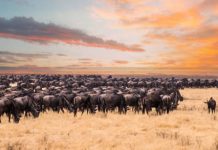
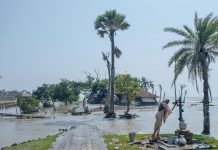

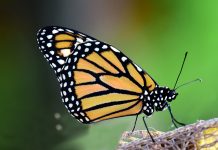
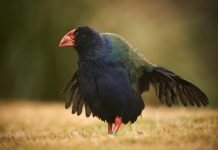
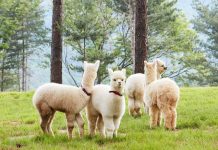

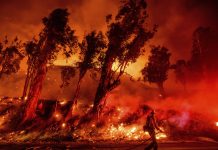
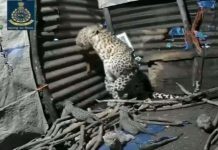
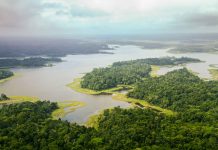
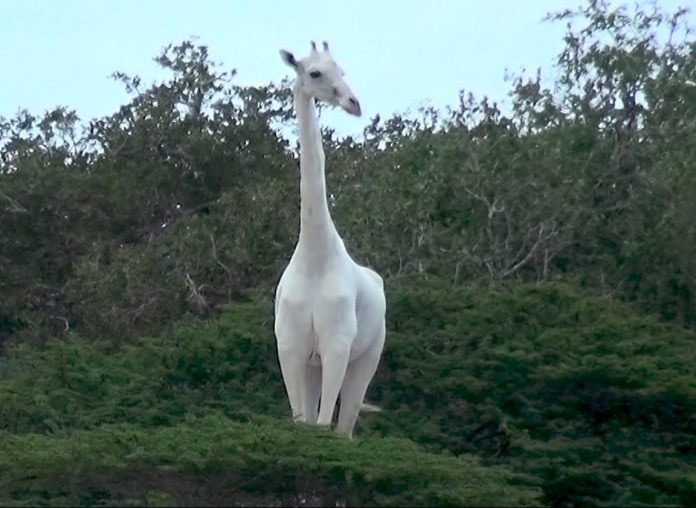














Best air max , you will finde ever !
sikicem seni
Like!! Great article post.Really thank you! Really Cool.
bookmarked!!, I love your blog! articles. https://danceactive7.tumblr.com/post/633381489277632512/how-to-catch-up-with-the-changes-in-business